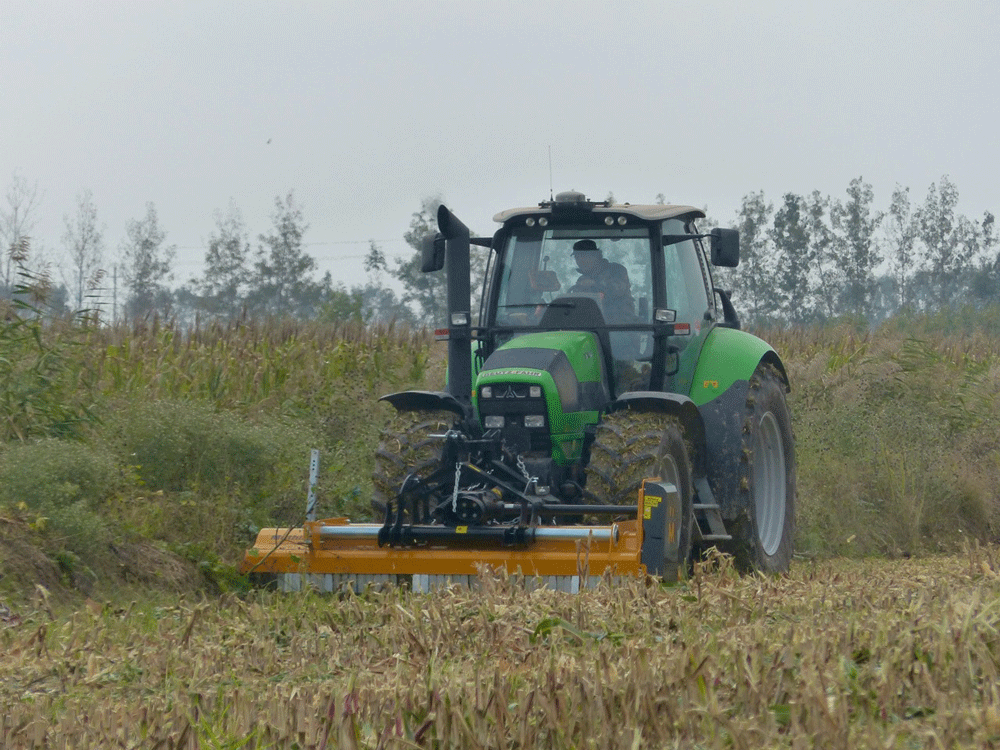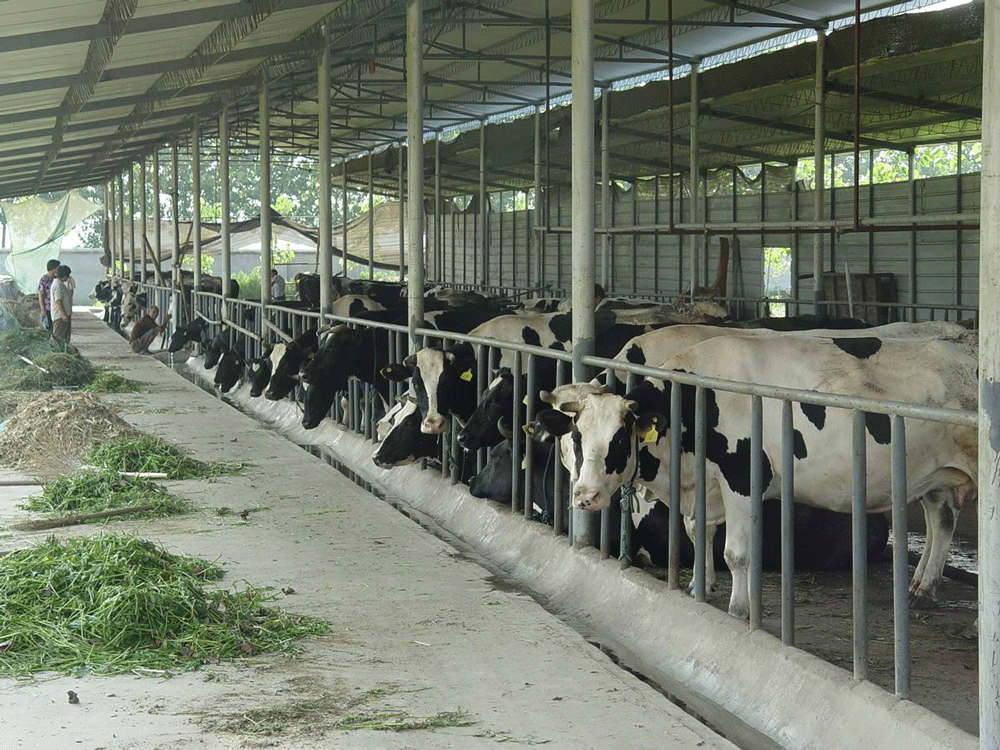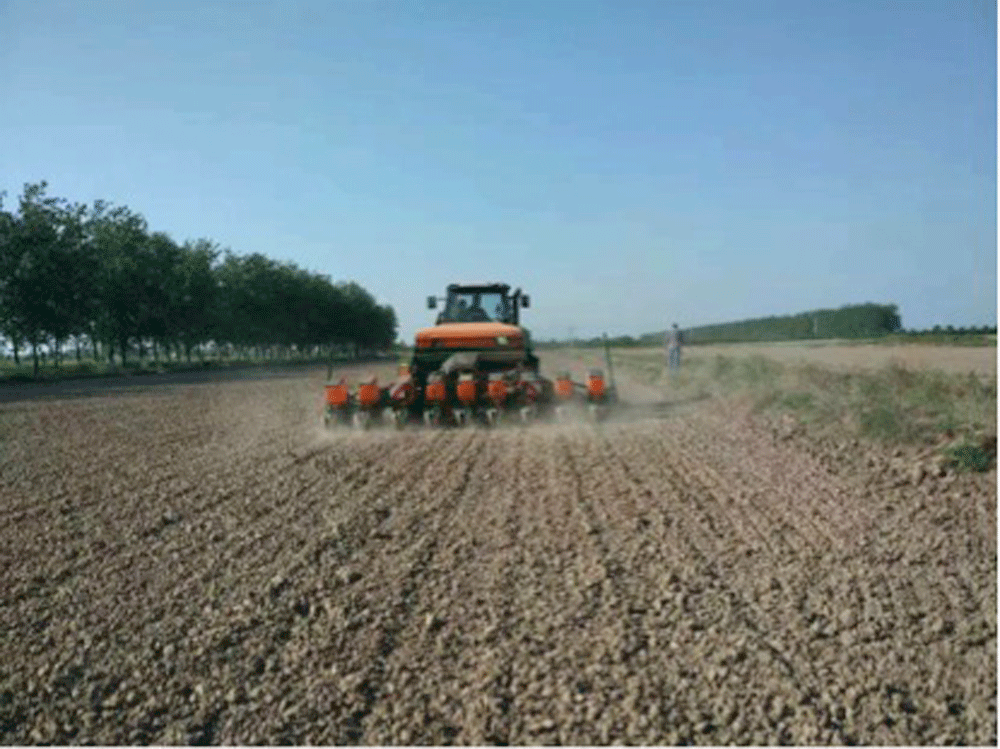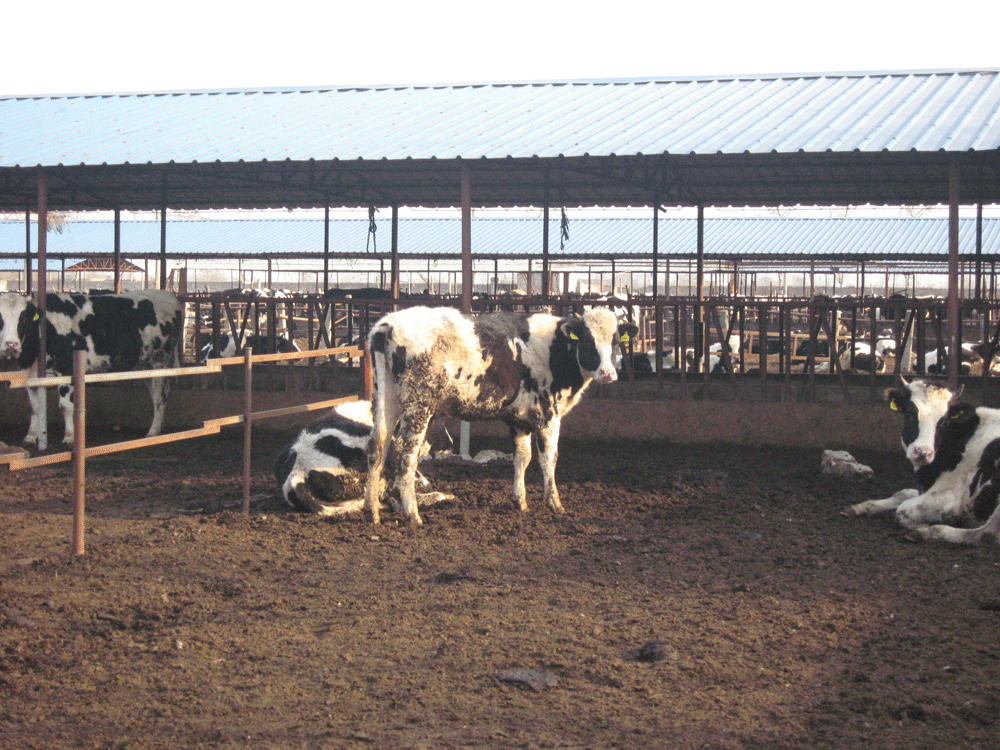China: Rapid development of farmer cooperatives
By Prof. Ren Dapeng and Wei Rong
Since the mid-1980s, Chinese farmer organisations play an increasingly important role, a development strongly supported by the July 2007 introduction of the “Law on Specialised Farmers Cooperatives”.
Chinese cooperative-type farmer organisations developed against the backdrop of different socio-economic systems over more than 90 years. Depending on period, the cooperatives varied in their final targets, organisational initiation and other major characteristics. In the mid-1980s, some agricultural enterprises and small-scale farmers started to initiate farmer cooperatives to overcome the limitations of a small-scale peasant economy and better adapt themselves to market changes. Different forms of cooperatives have quickly appeared in China. Against this background, the “Law on Specialised Farmers Cooperatives” was passed by the Standing Committee of the National People’s Congress in 2006 and came into force on July 1st, 2007. The claimed purpose of this law being support and guidance in the development of cooperatives as well as promoting development of agriculture and the economy of rural areas. The first ten years following its introduction witnessed a rapid development of farmer cooperatives in China.
Farmer cooperatives – one of the major entities in China’s agriculture
The number of registered farmer cooperatives increased from 26,400 in 2007 to 1,794,000 in 2016. In other words, an average 196,400 farmer cooperatives emerged every year in China from 2007 onwards. Registered membership surpassed 110 million famer households by 2016, according to Ministry of Agriculture statistics, accounting for about 44.5 % of the total in China. On average, there are about 62 farmer householdsin each cooperative. The cultivated area per household averages 0.5 ha including rented land as well as land transferred into cooperatives. On average, such coops cultivate or provide services on less than 30 ha each. Services here refer to selling agricultural materials and providing technical services to cooperative members.
Trends in the development of Chinese farmer cooperatives
Alongside China’s urbanisation and reform of rural property rights, there are two general trends in Chinese farmer cooperative development:
- More and more cooperatives diversify.
In the beginning, many cooperatives specialised, i.e. r on crop or animal farming or on agricultural services. But there’s now an expansion into other enterprises as farmers who have left the land let their fields to the coops, a development particularly influencing growth of agricultural machinery coops. - Federations increasingly evolve through fusion of individual cooperatives. There is a general trend of coops merging into federations to give more market competitiveness, improve resource allocation, and develop vertical, or even horizontal, integration management. At present, the number of federations registered in Departments of Industry and Commerce has risen to over 7,000. This trend is quite typical in the animal husbandry sector, the Chinese government having encouraged scaling-up of animal husbandry units in recent years.
Diversifying the business portfolio
This diversification and the forming of coop federations represent an irreversible trend in China.
The results:
- Resources can be allocated more efficiently
- Farmer members can participate more actively
- Competitiveness in the market is much stronger
This kind of vertical or horizontal integration is also a natural process driven by the market whereby farmer cooperatives encounter three key challenges.
- Internal management has still to be improved.
Immature internal governance structure, for instance, leads to problems regarding the rights of ordinary farmers in cooperatives. Correspondingly, both profit-sharing and risk-sharing mechanisms are hard to establish. - Farmer cooperatives urgently need professional staff.
With the introduction of the professional manager system within coops, the dilemma of having insufficient human resources is partially changed. However, there is no practice-oriented vocational education and training system in place in China.
Relevant laws, policies and regulations cannot meet the need for development of farmers’ cooperatives.
For example, farmer coop federations can officially register with the administrative department for industry and commerce. But the legal status of the respective federations is unknown, the relation between federation and local farmers’ cooperatives in terms of property, responsibility and business scope remains unclear.
Example 1: A modern agri-machinery cooperative in Heilongjiang
A typical case concerns the Renfa Agri-machinery Cooperative in Keshan County, Heilongjiang: This cooperative was initially founded to provide agri-machinery services for small farmers. Previously, the government encouraged farmer purchase of machinery. However, the available machinery was often too large for the small cultivated units which were also widely scattered. This, in turn, was through the Household Responsibility System (HRS) whereby land is collectively owned by villages and leased to households. The area every household can lease depends on the number of people in a household, as well as the average land area per capita in the respective region. The tenure specified in the contract was three years at first, extended to 15 years in 1984 and further extended to 30 years in 1993. On top of this, agri-machinery subsidies had become so widely accessible that quite a number of farmers could buy machines relatively cheaply. This led to a pronounced decline in market demand for agri-machinery services, so the cooperative made no profits on the first year from provision of agri-machinery.
Guaranteed profits for members
To find a way out, the cooperative stipulated that farmer members could acquire shares in return for transferring appraised (evaluated) land into the cooperative. The appraised value of the land was about 50% higher than that on the market. At the end of the year, profits were distributed according to both in-kind shares and cash shares. In addition, farmer members would receive a guaranteed dividend, i.e. 350 RMB/mu, every year through transference of their appraised land, which could still be used as security for loans from the coop. Last but not least, government subsidies still went straight to the farmer, even if the land involved was managed jointly by the cooperative. These four measures guaranteed farmer members’ profits and passed the operational risks from farmers to the cooperative, thereby raising members’ enthusiasm significantly. Within a single week, 307 farmer households, almost 40% of the total households in the village, joined the cooperative. Eventually, the farmed area increased to 1000 ha. Larger machinery thus became more practical and variable costs could be decreased.
More profitability permits expansion
Additionally, the cooperative signed a contract in 2011 to produce potatoes for McCain Harbin, an Australian company that provided the required seed and production technology. Without the scale produced by the coop structure, it would have been impossible for the coop to sign contracts with such international companies. Potato growing accounted for 13.3% of total farming land, but the margin achieved was 34.4% of the cooperative’s total gross margin thus profitability was greatly enhanced.
As the cooperative became more profitable and efficient, it has been able to extend business into plant breeding and and – at the other end of the production chain – further processing. It built one grain storage facility and introduced a drying line, thus successfully attracting a sweetcorn processing plant from Laoting in Hebei Province to set-up a branch there. Moreover, in 2014, the cooperative introduced a potato breeding facility and tissue culture houses along with 10 potato net houses covering 10 000 m2. It cultivated 300 thousand test-tube potato plantlets and 1 million potato proto-species. This cooperative has thus joined the crop production chain at an earlier stage.
More income for each member
The cooperative is now much more developed than before. Firstly, scale and membership are expanding. The membership has increased from 7 in 2009 to 2638 in 2014. Its business has now expanded into two counties, six townships and 37 villages. Secondly, more land is being farmed, with an increase from 1000 ha in 2011 to 3 600 ha in 2014. In addition, the cooperative managed over 2600 ha of entrusted land from neighbouring (non-member) farmers. Thirdly, after farmers had joined the cooperative, their income rose on average from 10,650 RMB/ha in 2011 to 12,705 RMB/ha in 2014 (+ 19.3%).
Example 2: Miyun Dairy Cow Federation
The federation was founded in autumn 2006 in Beijing. At that time, dairy cow numbers throughout the county totaled over 20,000 head producing about 70 million kg milk. However, most of the dairy farmers were small-scale with an average 10 cows. per household. Only one big dairy processing company was available. Dairy farmers had no milking facilities and most of them had to sell their milk to the one processor, which naturally exploited its monopolistic position by bidding lower prices and underrating the quality of fresh milk.
Breaking the milk processing monopoly
Under these circumstances, Ligezhuang Dairy Cow Cooperative, the biggest farming community in Miyun County, initiated a dairy cow federation involving all the dairy cow cooperatives in the county and several large-scale dairy farms The federation’s fresh milk accounted for over 70% of all production. To break the bottleneck of the single sales channel, the federation purchased four 25 t tankers, extending the milk distribution radius to 500 kilometers. In other words, milk could then be supplied to the location around Sanyuan Dairy Factory in Hebei province, expanding the buyer market geographically and totally changing the prior monopoly situation.
Sales platform for agricultural products
Besides cooperation federations within the same industry, the approach is emerging within other branches in different regions of China, for instance, the Suhe Yangzhou Marketing Federation in Jiangsu. This federation was founded on August 18th, 2009, with registered capital of about 27.188 million yuan, of which 600 thousand yuan was from its members in cash and the rest was the registered capital contributed by 22 cooperatives. The federation included 17 kinds of products such as lotus roots, eggs and honey. It had 6 direct-sale stores in Yangzhou city, which was its main enterprise. And the sales platform for its agricultural products was in this way gradually established.
Cooperation with schools
The cooperatives wishing to join the federation must have a pollution-free certificate. Livestock products must have inspection certificates. At the same time, the federation also established ties between agriculture and education institutions and enterprises. The sales revenue from its connection with eight schools reached 0.2 to 1 million yuan monthly. Every two weeks, the cooperatives took agricultural products to communities to sell. Each time, its sales revenue exceeded 150 thousand yuan. Meanwhile, from 2011, the federation also began to sell products on the Internet. The sales platform was accessible to all the cooperatives under the federation but they needed to pay 3% to 5% administration fees.






